Which do you like better, doing nail art or acrylic nails?
Nail Art:
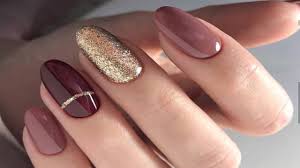
– Nail art involves decorating the nails with designs, patterns, or images using various tools and materials like nail polish, glitters, gems, etc.
– It allows for a lot of creativity and customization to express personal style.
– Nail art is typically done on natural nails and doesn’t require the application of acrylic/gel nails.
– Nail art is generally easier and less time-consuming to do compared to full acrylic nails.
– It’s more affordable since you don’t need to pay for a full acrylic set application.
– Nail art can be done on natural nails or over a basic manicure.
– Designs range from simple patterns to intricate 3D elements like rhinestones, foils, etc.
– Nail art can be changed up more frequently to try new looks.
Techniques and Designs:
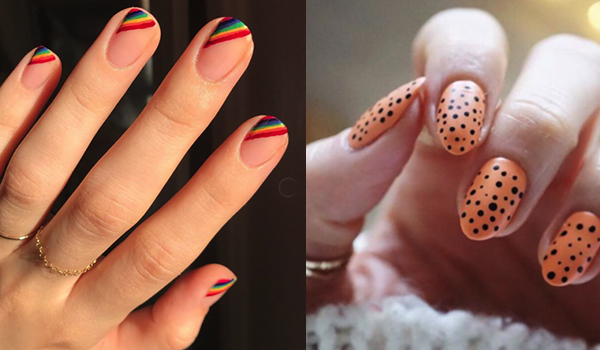
– Nail polish art – Using different colored polishes to create patterns, gradients, ombres, etc.
– Stamping – Using stamping plates and a stamper to transfer designs onto the nails.
– Freehand art – Painting designs directly onto the nails using nail polish and small brushes.
– Decals/Stickers – Applying pre-made nail art stickers, foils, or decals.
– Rhinestones/Gems – Adhering rhinestones, pearls, glitters, and other embellishments.
– 3D nail art – Creating dimensional designs using acrylic paints, gels, or nail art accessories.
Application:
– Nail art can be done at home with some practice, or by visiting a nail salon.
– At-home nail art usually requires a few basic tools like dotting tools, detail brushes, and top coats.
– Salon nail art may use more advanced techniques and a wider variety of materials.
Removal:
– Most nail art can be removed simply by using nail polish remover.
– Certain elements like rhinestones or foils may need to be carefully peeled off.
– Gel-based nail art requires soaking in acetone for removal.
Benefits:
– Allows for highly customized, creative, and unique nail looks.
– Can be changed up frequently without commitment.
– Generally less damaging to natural nails compared to acrylics.
– More affordable option compared to full acrylic sets.
Considerations:
– Requires patience and practice to achieve desired results at home.
– Certain nail art designs may not last as long as a full manicure.
– Can be time-consuming to apply, especially for intricate designs.
Acrylic Nails:
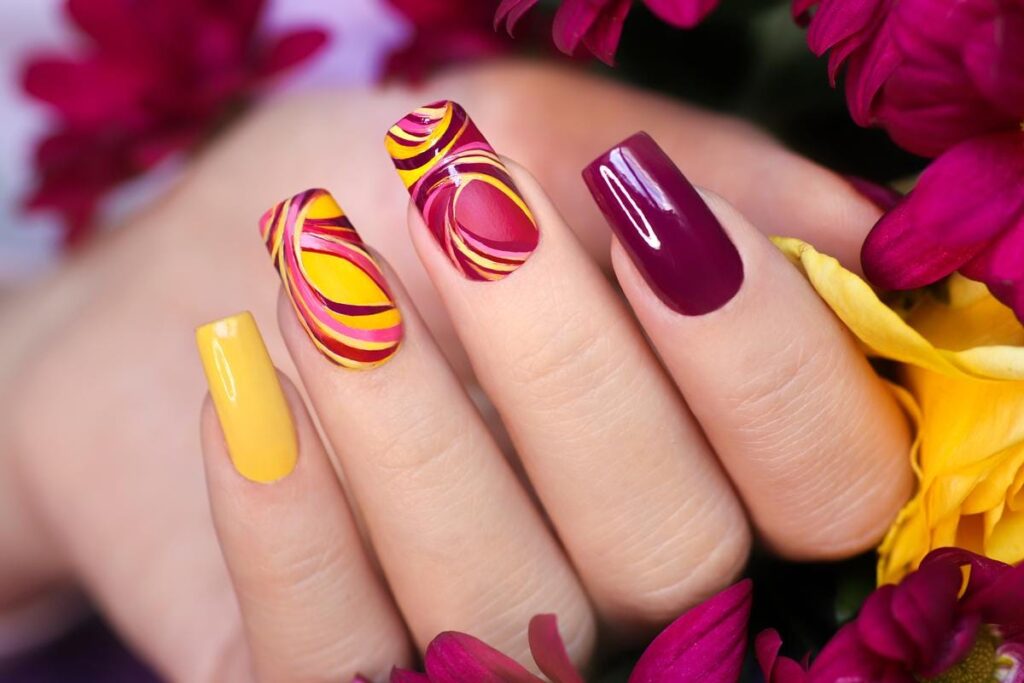
– Acrylic nails involve applying a liquid monomer and powder polymer mix to the natural nail to create an artificial nail extension.
– Acrylic nails provide length, strength and a smooth surface for additional nail art.
– Acrylic nails require more upkeep as they need to be filled in as the natural nail grows out.
– Acrylic nails provide more length, thickness and strength compared to natural nails.
– The acrylic overlay creates a smooth, uniform surface for additional nail art.
– Acrylics last longer than basic nail polish or nail art, typically 2-3 weeks before needing a fill.
– Acrylic application requires more skill and time, usually done by a professional nail technician.
– Acrylic nails can be more damaging to the natural nail if not properly cared for.
– Acrylic nails require more care, including regular filling and eventual removal by a professional
Acrylic nails are artificial nail enhancements created by applying a liquid monomer and powder polymer mixture to the natural nail.
– This creates a hard, durable nail extension that can be shaped and sculpted.
– Acrylic nails provide length, strength, and a smooth surface for additional nail art.
Application Process:
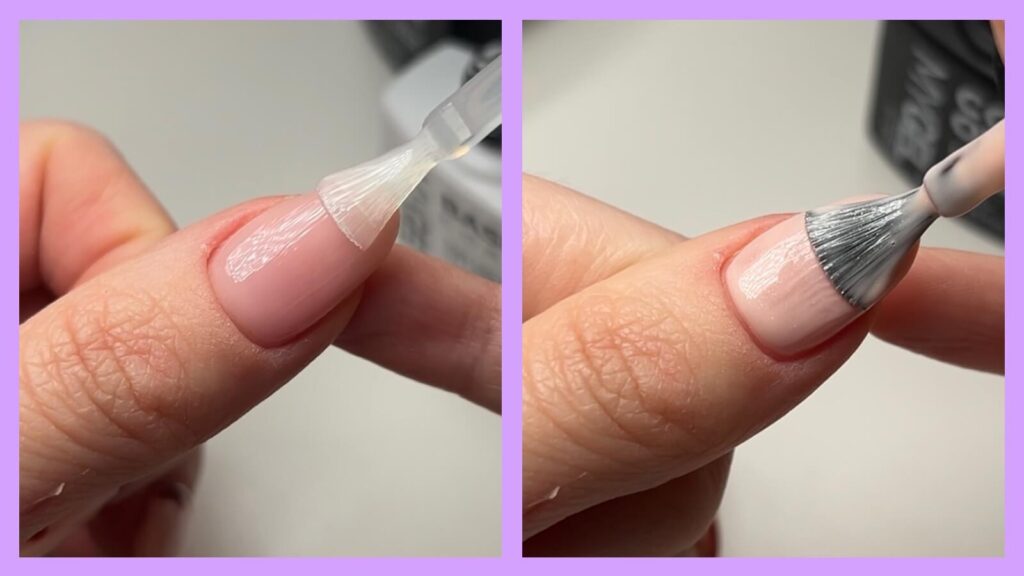
– The process typically involves:
1. Preparing the natural nail by filing and dehydrating the surface.
2. Applying a primer to help the acrylic adhere.
3. Mixing the liquid monomer and powder polymer and applying it to the nail.
4. Shaping and filing the acrylic to the desired length and shape.
5. Finishing with a top coat for a smooth, glossy appearance.
Maintenance:
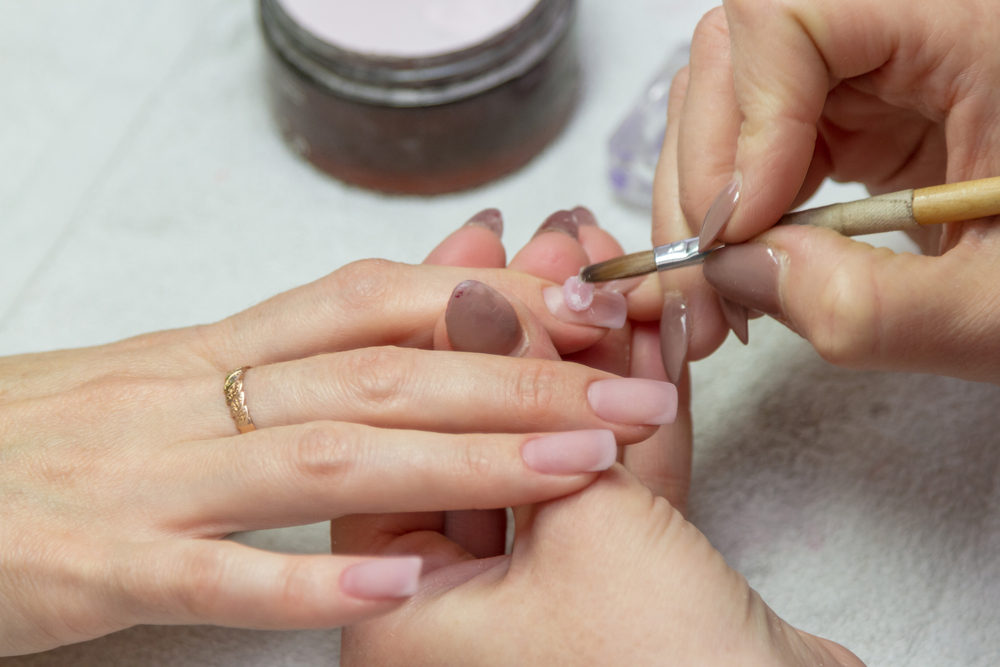
– Acrylic nails need to be “filled in” every 2-3 weeks as the natural nail grows out.
– This involves applying more acrylic mixture to the new nail growth area.
– Regular fills are necessary to maintain the length and appearance of the acrylics.
Removal:
– Acrylic nails cannot simply be peeled off, as this can damage the natural nail.
– Removal typically involves soaking the nails in acetone to dissolve the acrylic, and then filing down any remaining product.
– This process should be done by a professional to avoid damaging the natural nail bed.
Benefits:
– Provides longer, stronger nails that can withstand daily activities.
– Allows for creative nail art designs and embellishments.
– Can be a confidence booster for those with short or weak natural nails.
Drawbacks:
– Application and maintenance can be time-consuming and costly.
– Acrylic nails can be damaging to the natural nail if not properly cared for.
– Repeated acrylic use may lead to thinning or brittleness of the natural nail.
Overall, acrylic nails offer a durable, long-lasting nail enhancement option, but require careful maintenance and consideration of the potential drawbacks.
Both techniques allow for creative and stylish nail looks, with their own unique advantages. The preference often comes down to individual style, occasion, and desired nail appearance.

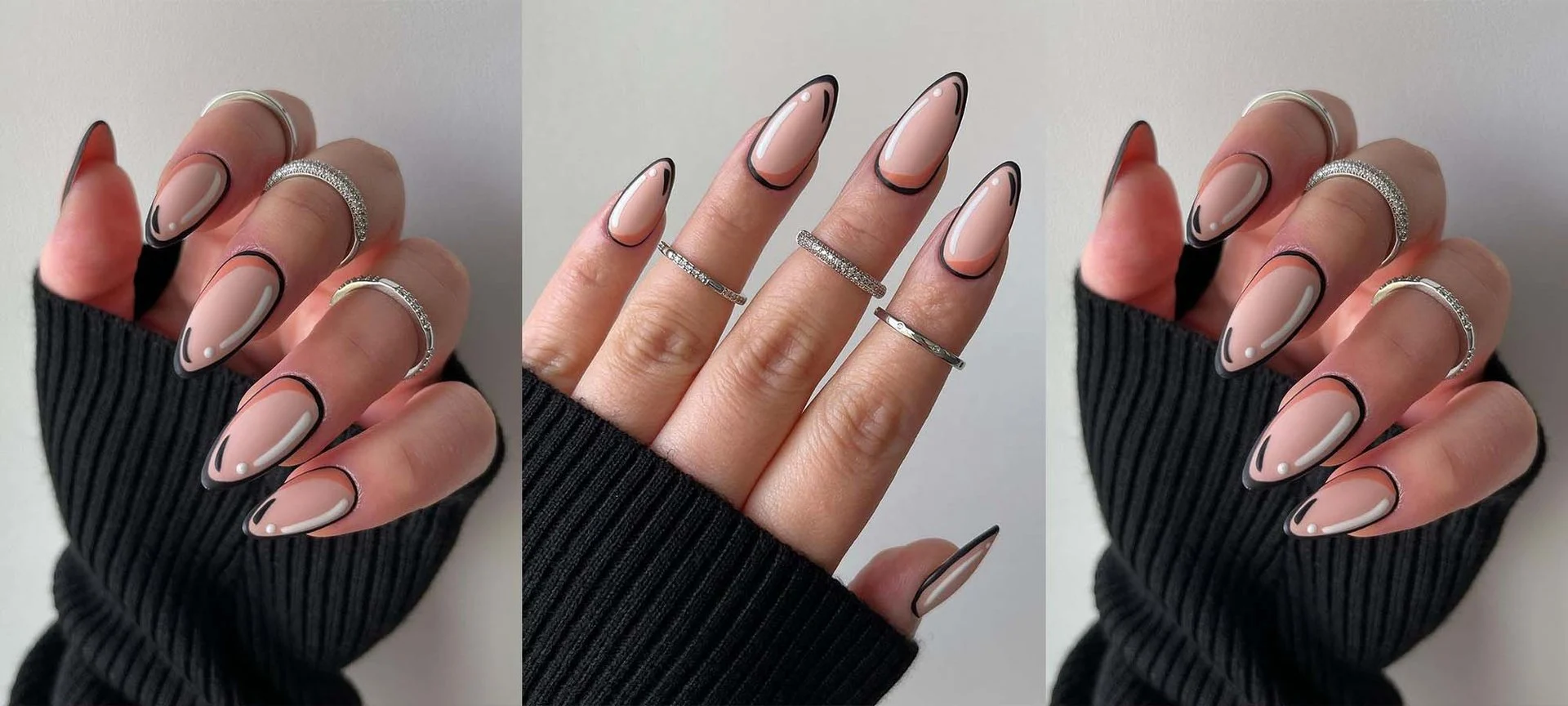
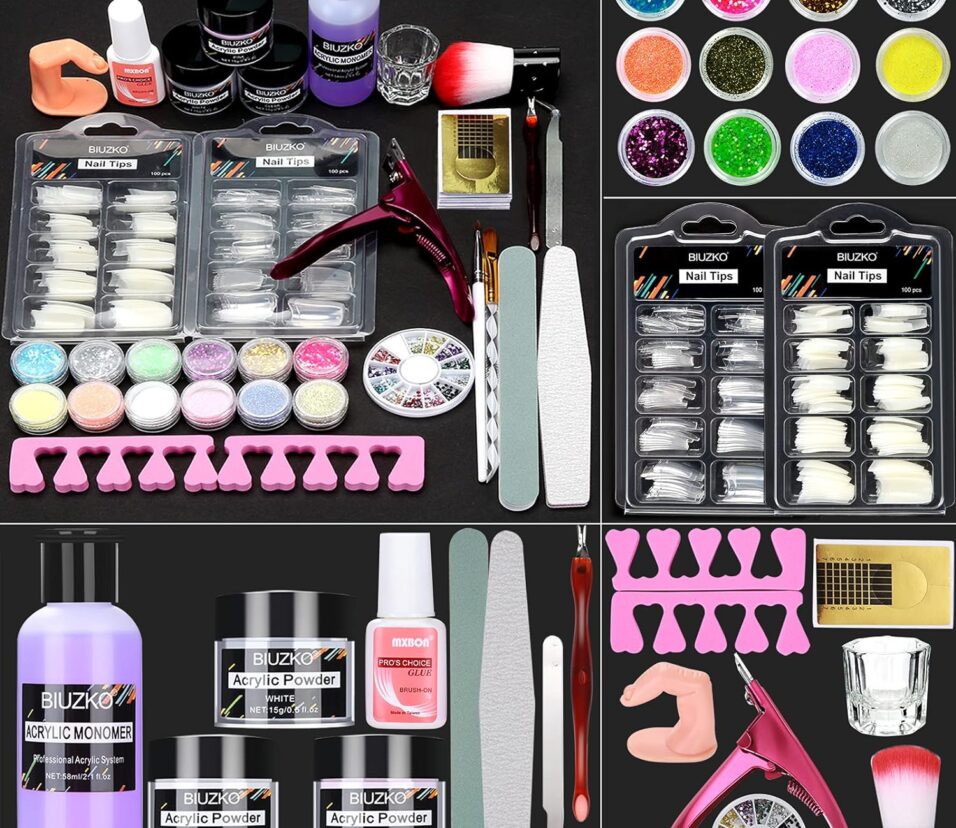
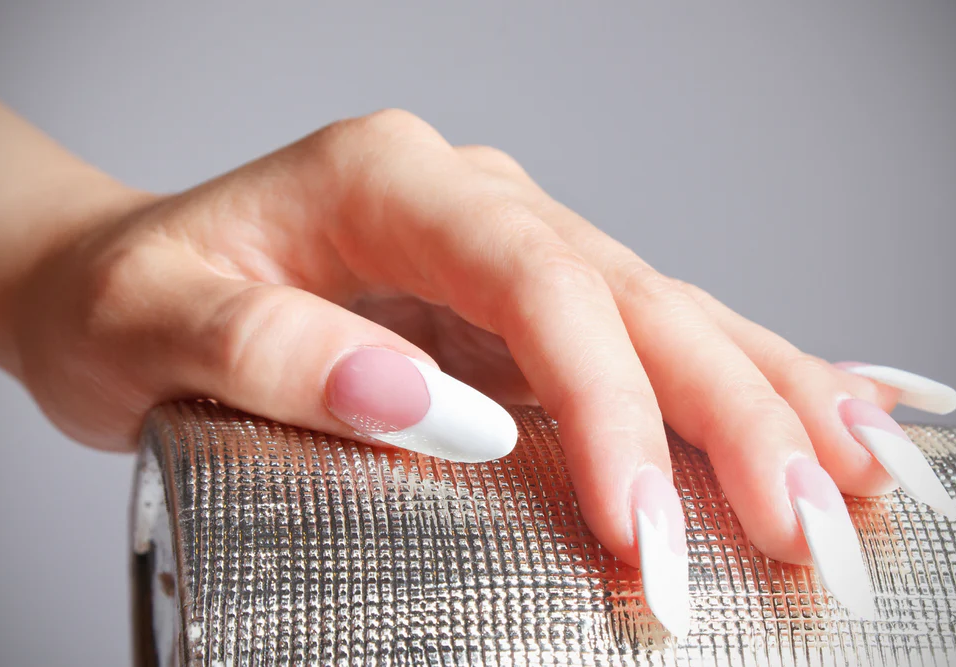
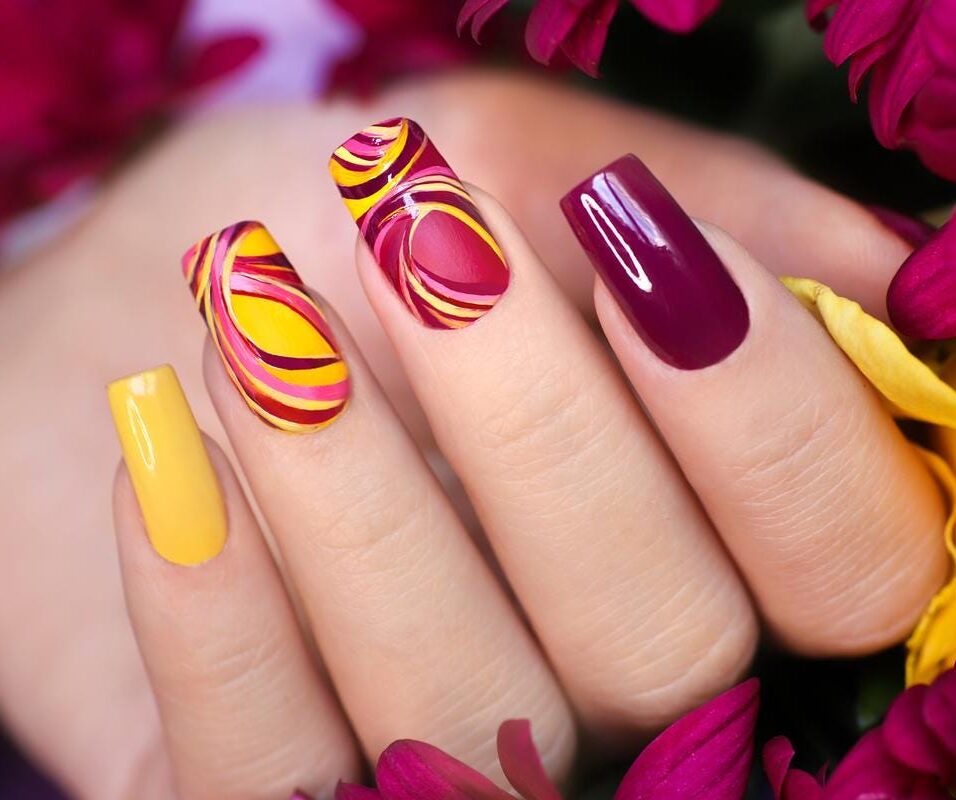
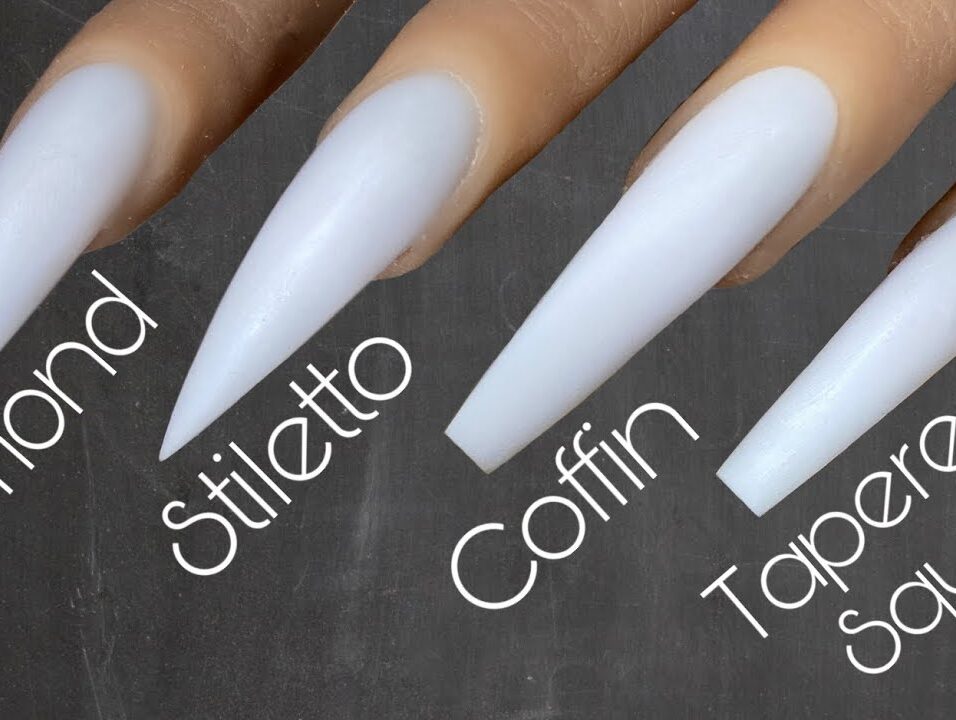
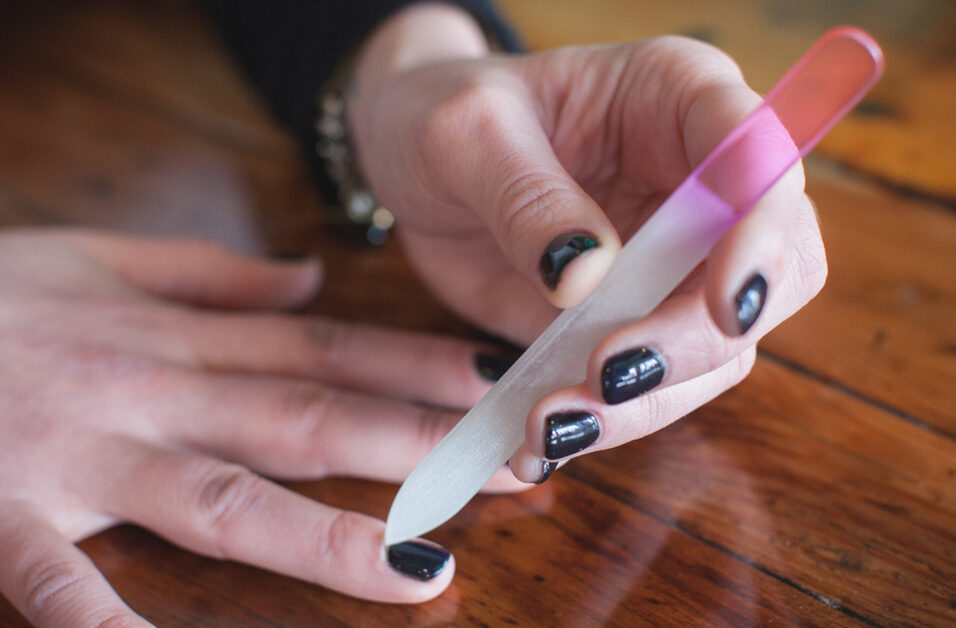
Leave feedback about this